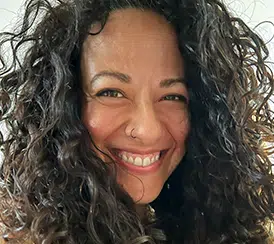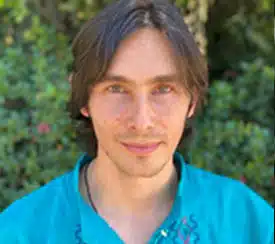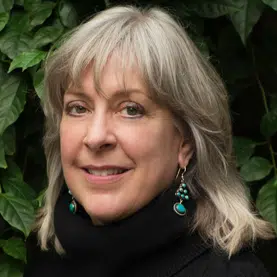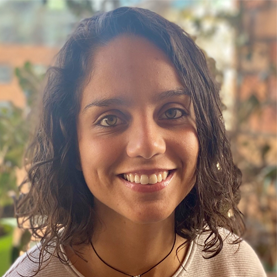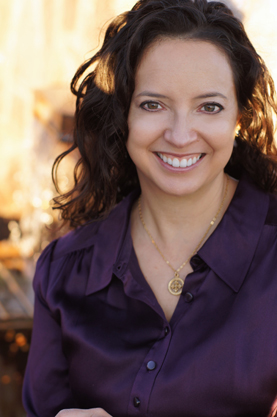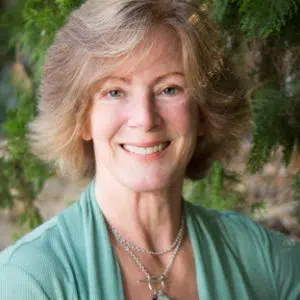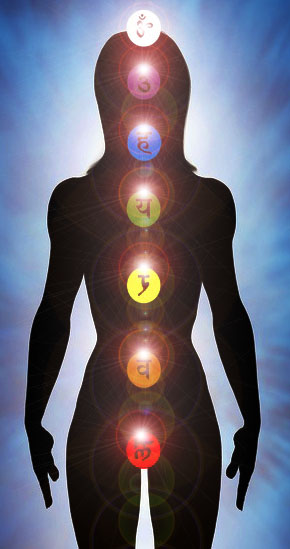 Regardless of our place of birth, we all have a skeleton with the exact same number of bones. Likewise, we share the same luminous anatomy, which includes the chakras and the acupuncture meridians.
Regardless of our place of birth, we all have a skeleton with the exact same number of bones. Likewise, we share the same luminous anatomy, which includes the chakras and the acupuncture meridians.
The chakras (a Sanskrit word meaning “wheel”) are swirling disks of energy. They spin three to four inches outside the body, rotating clockwise, in the same direction that the spiral arms of the galaxy revolve. The chakras link to our spine and central nervous system, and are a direct pipeline to the human neural network.
The descriptions of the chakras we are most familiar with come from yoga, but we can find references to the chakras among the Hopi, the lnka, the Maya, and many other aboriginal cultures around the world.
Yoga teaches that each energy center symbolizes the pleasures and pains that keep us bound to karma. One must overcome the beckoning rapture of the senses in order to discover that which is transcendent. Yoga is a Sanskrit word meaning “yoking,” with connotations of “to unite what has been separated.” The body and the soul are reunited; the mundane and the divine become one. In contrast, shamans in the Americas, do not believe in a division between the body and the spirit, or between the visible world of form and the invisible world of energy. There is nothing to transcend and nothing in need of yoking. Whereas some schools of yoga might say that you are not your body, the shaman says that indeed you are your body, and much more. He knows that the visible and invisible worlds permeate and suffuse each other. The reason we have so readily accepted the Eastern version of the chakras is that it fits our myth of banishment from Eden. We have grown accustomed to thinking that we are separate from nature. The soul may be housed in the body, but it is completely detached from it. Western philosophers called this the mind/body split.
These two broad theological orientations have coexisted for millennia. One school of thought developed the sky-god religions — creeds in which there is a heavenly Creator, male, separate, and distant from the Creation (for example, Zeus or Yahweh). The second orientation states that all matter is a manifestation of Spirit and infused with Spirit. This school of thought advances the Earth-goddess religions — these have an earthly Creatrix, female, whose presence permeates all her Creation (for example, Hera, Inana, or Pachamama). Shamans come from the second school of thought. The most accomplished masters transcend the limitations of their own beliefs and realize that both orientations are part of a larger whole.
The chakras represent elemental human qualities. Rather than suppress our instinctual desire and passion, the shaman hones them into finely tuned instruments. I believe that fear is compassion in seed form. Heal the fear, and compassion bursts forth. The instinctual self must not become the enemy. Anger, greed, and lust are all hidden resources that can be transformed into love, clarity, wisdom, and courage. Everything in nature is holy, and every chakra holds the seeds of our illumination and of who we are becoming.
Like the organs in the body, each chakra performs a unique function. Each chakra also has a unique frequency that we perceive as one of the seven colors of the rainbow. The chakras in a newborn child display their pure color, from red in the first chakra to violet in the seventh. As we grow older the colors in the chakras become dull. The trauma and loss in our lives leave their toxic residues behind. The sludge that adheres to a chakra does not permit it to vibrate at its pure frequency, and physical aging is accelerated.
The Amazon shamans believe that when you clear all your chakras you acquire a “rainbow body.” Each center vibrates at its natural frequency, and you radiate the seven colors of the rainbow. According to legend, when you acquire the rainbow body you can make the journey beyond death to the Spirit world. You are able to assist others in their healing, and you can die consciously since you already know the way back home.
While the practitioners of yoga recognize seven chakras, my mentor, Don Antonio, taught me that we have nine chakras. Seven of them are within the physical body, while two are outside the body. He called the eighth chakra the wiracocha, which is the name of the Creator or Great Spirit (the word means “sacred source”). The eighth chakra resides within the Luminous Energy Field. It hovers above the head like a spinning sun. It is our connection with the Great Spirit, the place where God dwells within us.
The chakras metabolize life energies from nature. All of our energy comes from five sources: (1) plants and animals, (2) water, (3) air, (4) sunlight, and (5) biomagnetic energy (known as chi in the East and causay to the lnka). These nutrients go from the most material food, such as animals and plants, to the most ephemeral, pure light and energy. We absorb plant and animal foods and water through the digestive tract, oxygen through the lungs, sunlight through the skin, and causay through the chakras. The luminous energies circulate through the chakras just as water and food, the physical energies, course through our bodies. When our digestive track is clogged, we cannot absorb the nutrients in foods. Similarly, when our chakras are blocked, we cannot ingest the causay stored in the Luminous Energy Field.
The chakras extend luminous threads that reach beyond the body, connecting us with trees, rivers, forests, and other people. The first seven chakras are coupled to our bodies during our lifetime. At death, they withdraw from the physical body and rejoin the eighth chakra (wiracocha), and our journey continues in the invisible world.
In future blogs, we will discuss each of these energy centers in detail.
.
